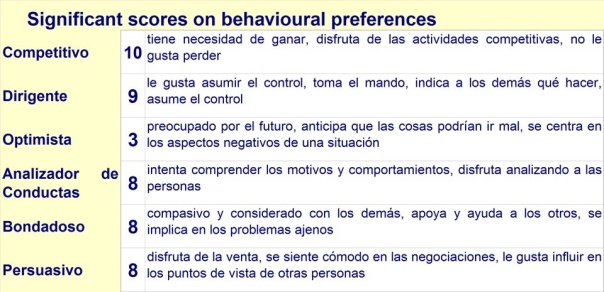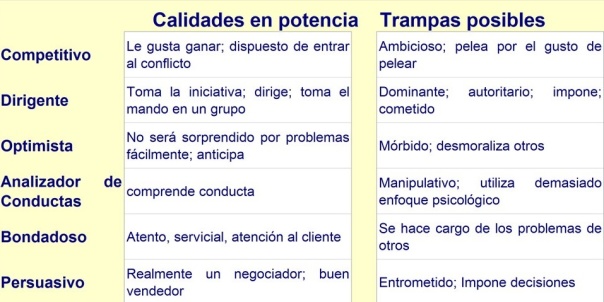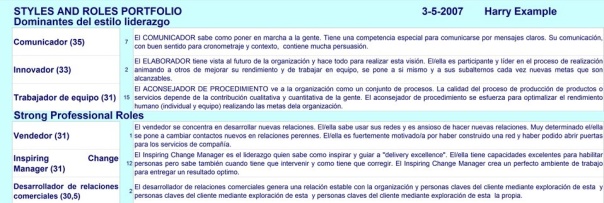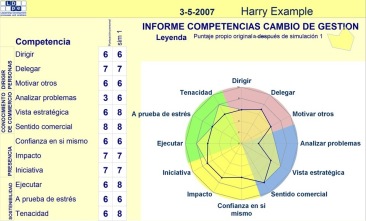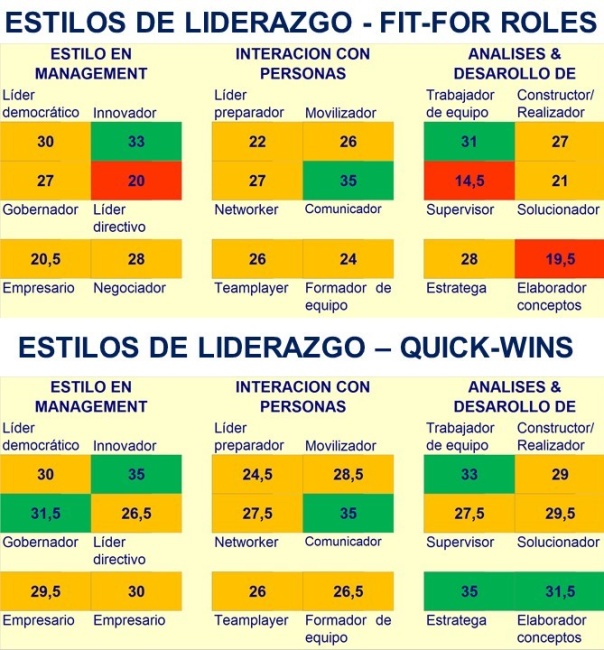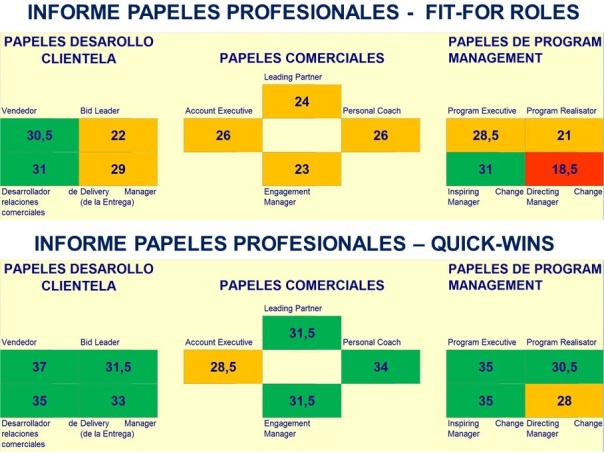USE OF THE LDT FOR RECRUITMENT
The LDT as a tool for recruitment provides some unique features
A candidate's recruitment is an expensive investment. It requires not only the time and costs for searching the best candidate that fulfils the requirements, but it will as well take time and effort to get the candidate to become operational.
Employers are well aware of the costly consequences of search and onboarding activities. They probably see it as a more or less necessary investment.
Such an investment requires, of course, some carefulness. This is why they often engage experts and require a screening, including a personality profile.
It is a pity that a successful recruitment many times does not lead to an enduring employment relation. There may be different reasons for that, but one important cause may be that the further development of the selected candidate, after some period of time, insufficiently complies with the expectations of one of both parties.
DEVELOPMENT PERSPECTIVE
Therefore it is astonishing that organisations do not always give sufficient consideration to the candidate's development perspective during the recruitment process. Perhaps this is triggered by the false thought that it seems more difficult to measure such perspectives, like the personality profile. A personality profile is but a 'snapshot' and it shows limited insight into the future development of the candidate.
LEADERSHIP DEVELOPMENT TOOLBOX
The Leadership Development Toolbox (LDT), initially created for the sake of accelerating the personal development of leaders, has a number of unique functions, that not only make the LDT a perfect tool for recruitment, but also, more than any other instrument in the world, gives us insight into the development perspective of participants.
CANDIDATE PROFILE
The LDT features extensive reporting possibilities. During the LDT-based Career Counselling process (LCC), for instance, we can produce more than 30 different reports for the participant. In the Candidate Profile report, based on the measurement results of a personality questionnaire, we present, in short, the for candidate selection relevant information:
About the measured personality profile:
Significant scores on Behavioural Preferences; Potential Qualities, Possible Pitfalls;
Some hypothesis about the behaviour
About Competences:
Strong Competences; Weaker Competences
About the Styles and Roles Portfolio:
Dominant Leadership Styles; Strong Professional Roles
On request:
Dominant Worker Styles; Belbin Teamroles; Stressors Profile; Innovation Focus;
Motivational Flames
The Candidate's Development Perspective:
Quick-Wins scenario concerning Leadership Styles,
Professional Roles and Change Management Competency Model
EXAMPLE CANDIDATE PROFILE INFORMATION
Below we will show the Candidate Profile information we have produced for Mister Harry Example, an experienced leader in Sales for a large IT Consultancy firm.
We will start with the significant scores on behavioural preferences:
A higher or lower score on a behavioural preference is an indication of the candidate's potential qualities, but also of some possible pitfalls:
From the combinations of higher and lower scores we might also predict some behavioural tendencies.
Next we will analyse the candidate's Stronger and Weaker Competences.
We define a Competence as ‘an obtained capability to adequately perform a task, role or mission’.
And, based on extensive research by the Dutch organisation Psychotechniek (today it belongs to SHL), we have been able to connect every competence in LDpe's competence model to a fixed number of the measured behavioural preferences.
On a scale of 1 to 10, we show here Mr. Examples strong and weaker competences.
STYLES AND ROLES PORTFOLIO
The next sets of information concerns Mr. Example's Styles and Roles Portfolio:
A candidate's leadership styles portfolio consists of the dominant styles (scores above 30 on a scale of 50). And in the Professional Roles Portfolio we include the Professional Roles with a score above 30, also on a scale of 50.
Beneath we show Mr. Example's Style and Roles Portfolio and to the right of the score you will find the actual style/role definition.
By clicking on the picture you can enlarge it, so it will be easier to read.
THE CANDIDATE'S DEVELOPMENT PERSPECTIVE
Simulation of changed behavioural preferences
The LDT Simulation Module helps us to see what happens if someone deliberately would change certain behavioural preferences. By deliberately changing some of his behavioural preferences, the candidate can develop a stronger profile and broader style portfolio, which enables him/her to handle and manage a larger variety of situations.
By testing the impact of different possibilities of adopting the candidate's behaviour.
LDpe works out some scenarios for the candidate that would eventually lead to improvements of his profile and style portfolio.
The simulation report enables him to analyse the potential effects of the proposed changes. This may become the basis for a Personal Development Plan and with a bit of coaching we will be able to help the candidate to realise this desired change.
For Harry Example we have proposed the above Quick-Wins scenario.





